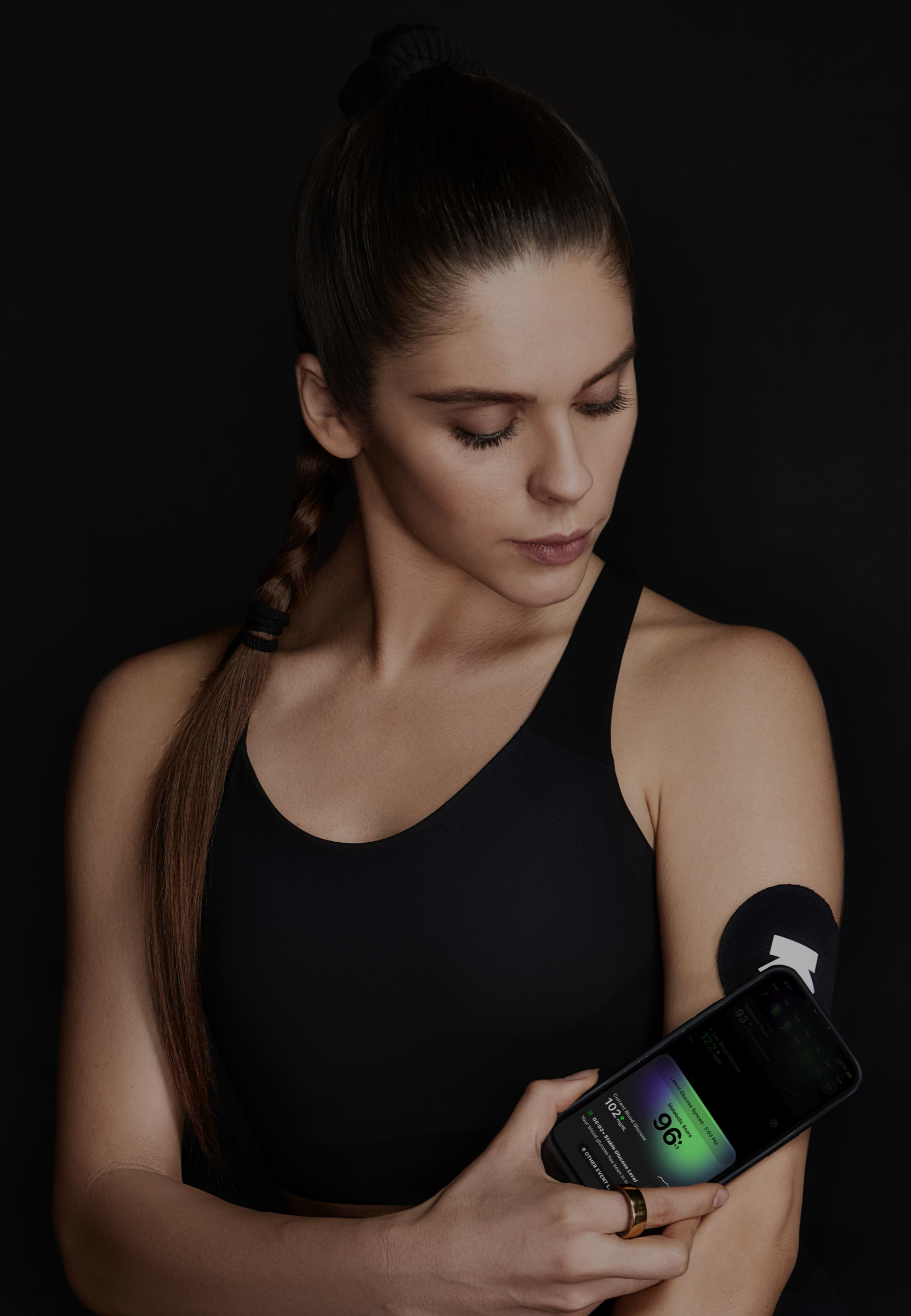
Vegetable Curry (1 Serving (245g))
Lunch
127 mg/dL
avg. peak value
Usually causes a medium spike
Avg. Food Score on Ultrahuman App
Ultrahuman Users got an UNSTABLE response
How to consume Vegetable Curry without glucose spikes
Portion Control
Reduce the portion size of the vegetable curry to prevent a larger glucose spike.
Add Protein
Incorporate a lean protein source, such as grilled chicken breast or tofu, to slow down the absorption of carbohydrates.
Include Healthy Fats
Add a small serving of healthy fats, like avocado or a handful of nuts, to the meal to help moderate blood sugar levels.
Pair with Low-Carb Vegetables
Include a side of leafy greens or non-starchy vegetables like spinach, broccoli, or cauliflower to increase fiber intake and reduce the impact on blood sugar.
Whole Grains
If serving the curry with rice, opt for a modest portion of brown rice or quinoa instead of white rice to provide more fiber and nutrients.
Cinnamon Addition
Sprinkle some cinnamon on the curry as it may help improve insulin sensitivity and lower blood sugar spikes.
Pre-Meal Hydration
Drink a glass of water before eating to aid digestion and help control appetite.
Mindful Eating
Eat slowly and chew thoroughly to give your body time to signal fullness and manage glucose levels better.
Regular Physical Activity
Engage in light physical activity, such as a short walk, after eating to help your muscles use glucose more efficiently.
Monitor Meal Timing
Have your meal at regular intervals and avoid eating too late at night to maintain a stable blood sugar level throughout the day.

Find Glucose response for your favourite foods
Explore OGDbDiscover
metabolic
health with M1
Ultrahuman M1 helps you measure the impact of food and activity on your body in real time through glucose as a biomarker.
Explore Ultrahuman M1Your cart is empty
Browse through our products and find something for you.
